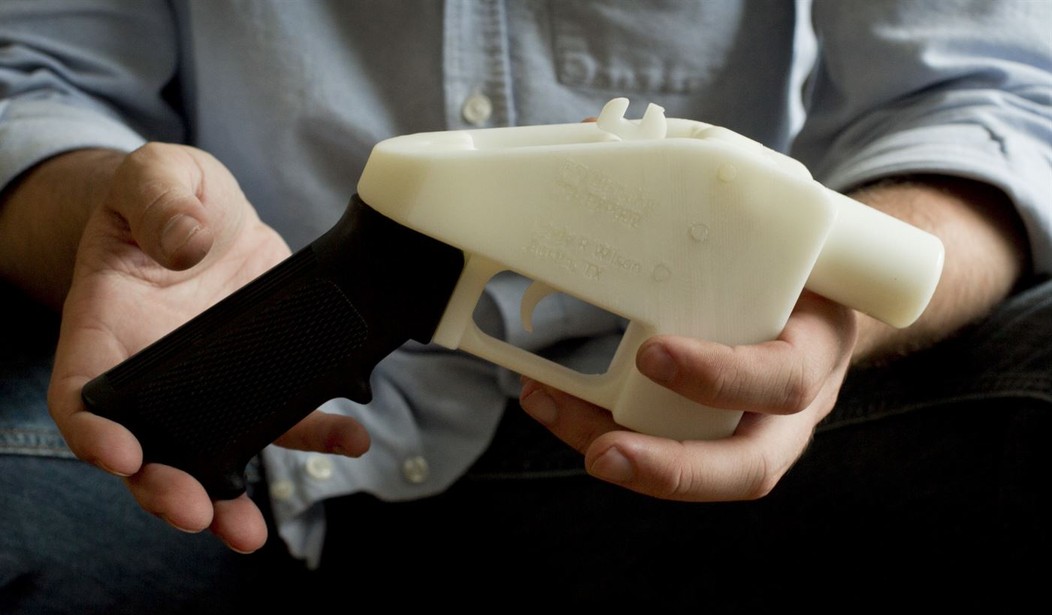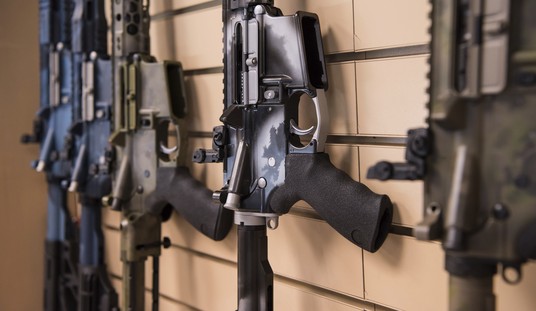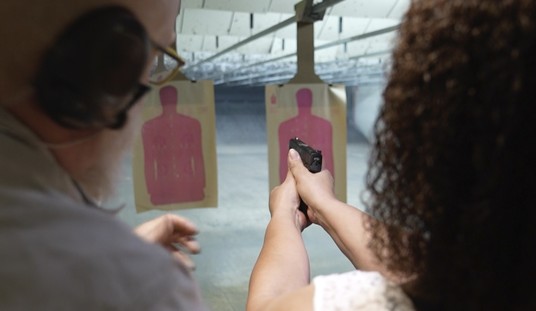Chicago Mayor Lori Lightfoot has blamed everyone and everything but her own failed leadership for the rise in violent crime. First it was Indiana’s gun laws that were to blame. Then it was Mississippi. Now Lightfoot, along with Everytown for Gun Safety and the mayors of Syracuse, New York and Columbia, South Carolina, are blaming the ATF, alleging that the federal agency isn’t following the law when it comes to regulating so-called ghost guns; homemade firearms that don’t have a serial number or other identifying markers.
The federal lawsuit, filed in the Southern District of New York, claims that until 2006 or so, the ATF mandated that unfinished receivers (the part of a firearm which houses components like the hammer or breechlock) had to carry a serial number, and anyone purchasing those components had to undergo a background check. Currently, the ATF says that a receiver that is 80% finished is not considered a firearm, and therefore doesn’t have to have any sort of identifying markers.
Chicago Mayor Lori Lightfoot, whose city has been beset by gun violence, demanded the ATF close the ghost gun loophole and regulate the sale of gun parts that are marketed to easily be used to build guns.
“Individuals with dangerous histories shouldn’t be able to order lethal weapons on the internet with a few quick clicks,” Lightfoot said.
But Rick Vasquez, a Virginia-based firearms consultant and former ATF technical expert who evaluated guns and gun products to help the bureau determine if they were legal, said anyone wanting to address the proliferation of kit guns should pass new laws in Congress.
The continued rapid advancement of tools and technology widely available to the public meant it was getting to the point where even rudimentary “chunks of metal” can be turned into firearms, Vasquez said.
“How do you regulate that? The ATF can’t do it. This situation is uncontrollable because of technology, and I’m not sure what anyone can do about it.”
Vasquez is right. Heck, given the advancements in 3D printing, it’s possible to print a lower receiver from nothing more than plastic polymer. How is the ATF supposed to require an identifying serial number on a spool of plastic that could be used to produce a receiver?
There’s another big problem for the anti-gun advocates that are demanding the ATF strictly interpret their regulations on homemade firearms. As CNN reported earlier this year, former ATF agent Dan O’Kelly says the agency is already twisting the law in order to classify certain parts as receivers even though they don’t actually meet the federal definition- “That part of a firearm which provides housing for the hammer, bolt or breechblock, and firing mechanism, and which is usually threaded at its forward portion to receive the barrel.”
The problem — and this is where O’Kelly comes in — is that he says roughly 60% of the guns in America do not have a single part that falls under that definition. The AR-15, for example, has a split receiver — one upper and one lower. Neither meets the requirement on its own.
“For 50 years, ATF has been making this square peg fit in the round hole,” O’Kelly told CNN, “when, in fact, it doesn’t.”
O’Kelly’s testimony in at least four cases over the past decade has led to charges being dismissed against several individuals and companies charged with illegally producing unserialized receivers for sale, including a 2014 lawsuit filed by the Department of Justice against South Carolina-based Ares Arms.
The company’s owner at the time, Dimitri Karras, was never charged with a crime. His company later filed a civil lawsuit against the ATF seeking the return of his property. O’Kelly submitted a declaration in support of Karras’ lawsuit, stating that the lower receivers “had only two of the four features listed by the ATF in their own definition of a ‘receiver.’”He also noted that the definition failed to cover a long list of semi-automatic rifles and handguns, including the very popular Ruger .22 caliber pistol and Uzi-style rifles. The regulation, O’Kelly wrote, pertained mainly to a part found in manually operated weapons such as revolvers and pump action shotguns.He said the ATF’s attempt to classify the items seized from Ares Armor as receivers, as well as similar rulings in other cases, displayed “a lack of logic and consistency, which has created a climate in the firearm industry wherein it is nearly impossible for the reasonable man to be able to operate in good faith within the law.”The ATF returned 5,786 lower receivers to Karras two months after O’Kelly’s declaration was filed. The civil case was later dismissed.









Join the conversation as a VIP Member